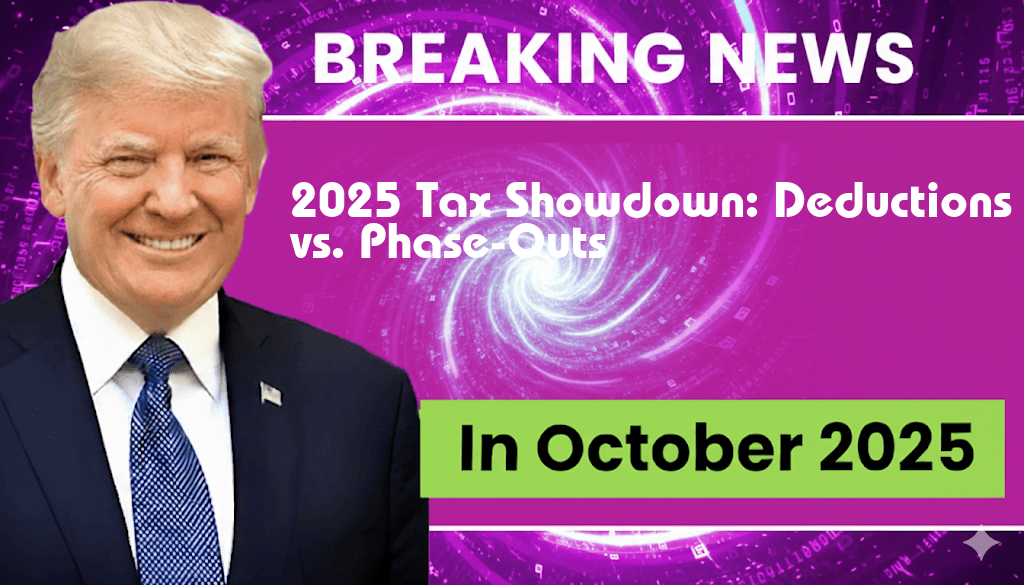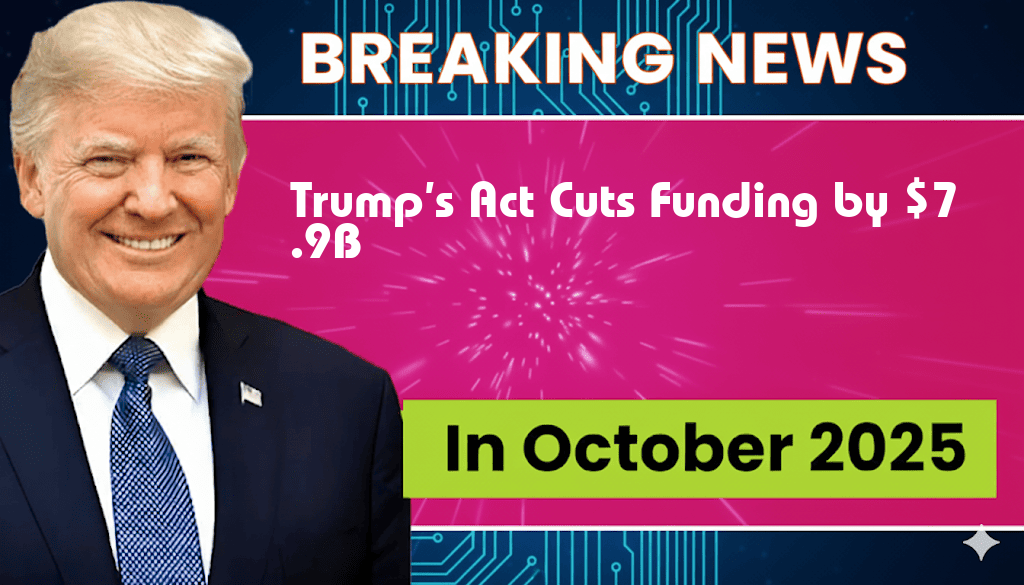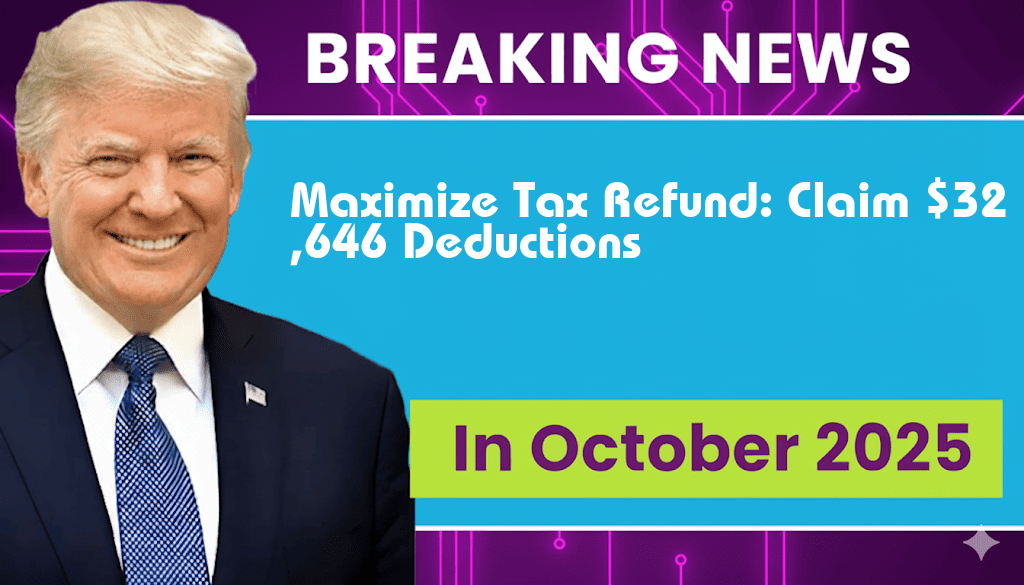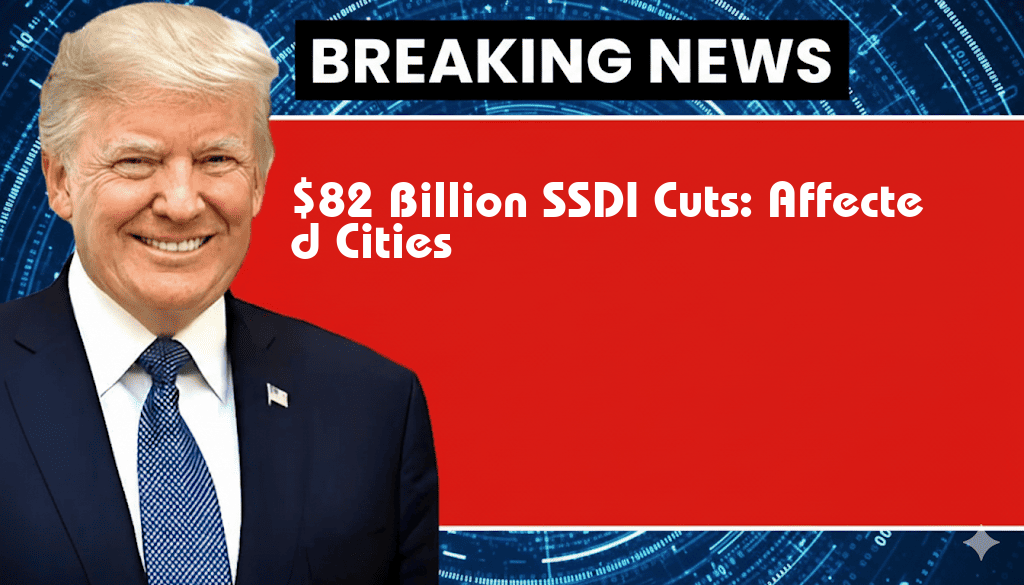

Trump’s Rescissions Act Reduces Funding by $7.9 Billion
In a significant move, President Donald Trump has signed the Rescissions Act, which aims to cut federal spending by approximately $7.9 billion. This legislation targets specific programs and funds that the administration deems unnecessary or excessive, reflecting Trump’s ongoing commitment to fiscal conservatism. The reductions primarily affect various discretionary programs, with the goal of reallocating funds to priorities such as infrastructure and national defense. This act, part of a broader strategy to streamline government spending, has generated mixed reactions from lawmakers and policy analysts regarding its potential impact on essential services and economic growth.
Details of the Rescissions Act
The Rescissions Act is designed to rescind previously appropriated funds that have not yet been allocated or are deemed surplus. Here are some key points about the act:
- Targeted Programs: The funding cuts will impact various sectors, including education, health care, and environmental initiatives.
- Implementation Timeline: The implementation of these cuts is expected to begin immediately, with agencies required to adjust their budgets accordingly.
- Legislative Support: The act received varied support from Congress, with some members applauding the move towards fiscal responsibility while others expressed concern about the implications for social programs.
Political Implications
The passage of the Rescissions Act underscores the ongoing ideological battle over federal spending in the United States. Proponents argue that reducing government expenditures is necessary for long-term economic stability, while opponents caution that such cuts may disproportionately affect vulnerable populations. Key political figures have voiced their opinions on the matter:
- Republican Support: Many Republicans have hailed the act as a victory for taxpayers, insisting that it reflects a necessary approach to controlling the national debt.
- Democratic Opposition: Democrats have criticized the act, arguing that it could undermine critical services that millions of Americans rely on, such as educational funding and health care programs.
Potential Impact on Services
The cuts outlined in the Rescissions Act are likely to affect a variety of services across the country. Here are some areas that may see significant changes:
| Service Area | Projected Funding Cut | Impact Description |
|---|---|---|
| Education | $2.5 billion | Reduced funding for public school programs and scholarships. |
| Health Care | $1.8 billion | Potential cuts in federal health programs, affecting low-income families. |
| Environmental Protection | $1.2 billion | Impact on conservation projects and regulatory oversight. |
| Infrastructure | $2.4 billion | Delays in critical infrastructure projects due to funding withdrawals. |
Public Reaction
As news of the Rescissions Act has spread, public reaction has ranged from support to outrage. Advocacy groups and non-profit organizations have mobilized to challenge the cuts, emphasizing the potential harm to disadvantaged communities. Conversely, fiscal conservatives have praised the act as a necessary step towards reducing the federal deficit.
Expert Analysis
Experts in public policy have weighed in on the potential long-term consequences of the Rescissions Act. Economic analysts warn that while immediate savings may be realized, the cuts could lead to negative outcomes for economic growth and public welfare. According to a report by the Forbes, investing in public services often yields economic returns that outweigh initial expenditures.
Conclusion
The Rescissions Act represents a pivotal moment in U.S. fiscal policy, with implications that extend beyond immediate budget cuts. As the administration moves forward with its agenda, the balance between fiscal responsibility and social welfare will continue to be a critical point of debate in American politics. Stakeholders from various sectors will be closely monitoring how these changes unfold and their broader impact on the nation.
Frequently Asked Questions
What is Trump’s Rescissions Act?
Trump’s Rescissions Act is a legislative measure aimed at reducing federal funding by eliminating previously allocated budget amounts. The act specifically targets programs deemed unnecessary or inefficient, ultimately resulting in a funding reduction of $7.9 billion.
How does the Rescissions Act impact federal programs?
The Rescissions Act impacts federal programs by cutting their funding, which can lead to reduced services or program cancellations. Programs that rely on federal funding may experience significant operational challenges as a result of these cuts.
What are the primary reasons for implementing the Rescissions Act?
The main reasons for implementing the Rescissions Act include promoting fiscal responsibility, eliminating wasteful spending, and redirecting funds to more effective programs. The act reflects a commitment to reducing the national deficit.
Who benefits from the funding cuts made by the Rescissions Act?
While the Rescissions Act aims to streamline government spending, it is often controversial as it can negatively affect communities and individuals dependent on federal programs. Those who may benefit are taxpayers, as the act seeks to reduce unnecessary government expenditures.
What is the process for enacting the Rescissions Act?
The process for enacting the Rescissions Act involves approval from Congress, where lawmakers debate and vote on the proposed funding cuts. Once both chambers of Congress approve the act, it can be signed into law by the president.





